Mixology Masterclass: Essential Spirits for Your Drinks Cabinet
Introduction
In the art of cocktail creation, the choice of spirits is paramount. A well-stocked drinks cabinet is the cornerstone of a successful mixing experience, allowing for a diverse array of cocktails that can cater to various tastes and occasions. This comprehensive guide will explore essential spirits every mixologist should have in their cabinet, along with their characteristics, suggested uses, and some classic cocktails to highlight each spirit’s versatility.
The Four Fundamental Spirits
When building a solid foundation for your drink cabinet, it’s important to consider the four fundamental spirits: vodka, gin, rum, and whiskey. Each spirit brings its unique flavor profile and versatility to a cocktail.
1. Vodka
Characteristics: Vodka is often regarded as a neutral spirit, allowing it to blend seamlessly with various mixers. It typically has a clean, crisp taste, making it ideal for a wide range of cocktails.
Types of Vodka:
- Flavored Vodka: Infused with flavors like citrus, berry, and even spicy notes. It’s great for making fruit-forward cocktails.
- Craft Vodka: Often produced in small batches, these variations may showcase regional grains or unique distillation processes.
Classic Vodka Cocktails:
- Vodka Martini: A timeless classic, served with an olive or a twist of lemon.
- Moscow Mule: A refreshing mix of vodka, ginger beer, and lime, traditionally served in a copper mug.
- Bloody Mary: A savory cocktail, perfect for brunch, made with vodka, tomato juice, and an array of spices and garnishes.
2. Gin
Characteristics: Gin is distinguished by its juniper berry infusion, which lends it a distinctive herbal and botanical flavor. The variety of styles — from London Dry to Old Tom to Navy Strength — adds complexity to cocktails.
Types of Gin:
- London Dry: A classic style that is dry with a robust juniper flavor.
- Hendricks and Other Botanical Gins: Features additional botanicals such as cucumber or rose, enhancing its aromatic complexity.
Classic Gin Cocktails:
- Gin and Tonic: A refreshing classic, elevated through the addition of high-quality tonic and unique garnishes.
- Negroni: A bitter yet balanced mix of gin, Campari, and sweet vermouth, served over ice.
- Tom Collins: A fizzy mix of gin, lemon juice, sugar, and soda water, served tall over ice.
3. Rum
Characteristics: Rum embodies the festive spirit of tropical locales. Its flavor range varies from light to dark, with sources of sweetness stemming from molasses or sugarcane.
Types of Rum:
- Light Rum: Typically used in cocktails, light rum has a mild flavor.
- Dark Rum: Has richer flavors from longer aging and is often used in sipping and rich cocktails.
Classic Rum Cocktails:
- Mojito: A refreshing blend of light rum, mint, lime, sugar, and soda water.
- Daiquiri: A classic stirred or shaken cocktail that combines rum, lime juice, and sugar.
- Pina Colada: A tropical blend of rum, coconut cream, and pineapple juice, blended to perfection.
4. Whiskey
Characteristics: Whiskey, with its rich and diverse flavor profiles, varies widely across regions (Scotch, Bourbon, Rye, and Irish whiskey). The essence of whiskey often embodies flavors of oak, caramel, and spices, providing depth to cocktails.
Types of Whiskey:
- Bourbon: A sweeter style of whiskey with notes of vanilla and caramel.
- Scotch: Ranges from smoky to light and floral, depending on the region.
- Irish Whiskey: Known for its smoothness and lighter flavor profile.
Classic Whiskey Cocktails:
- Old Fashioned: A deeply refreshing cocktail of whiskey, sugar, bitters, and a twist of citrus.
- Whiskey Sour: A mix of whiskey, lemon juice, and simple syrup, shaken and served over ice.
- Manhattan: A rich and complex cocktail made with rye whiskey, sweet vermouth, and bitters.
Expanding Your Selection
While the four fundamental spirits cover the basics, expanding your collection can unlock new realms of flavor and creativity.
5. Tequila and Mezcal
Characteristics: Derived from the blue agave plant, tequila boasts a diversity of expressions, from the sharpness of blanco to the complex aging of añejo. Mezcal, with its smokier undertones, offers an earthy alternative.
Types:
- Blanco (Silver): Unaged and pure, showcasing fresh agave flavors.
- Añejo: Aged for over a year, it tends to develop more intricate flavors.
Classic Tequila Cocktails:
- Margarita: A favorite blend of tequila, lime juice, and orange liqueur.
- Paloma: A refreshing mix of tequila, grapefruit soda, and lime.
- Tequila Sunrise: A visually stunning drink made with tequila, orange juice, and grenadine.
6. Liqueurs
Characteristics: Liqueurs are sweetened and flavored spirits. Their wide-ranging flavors add complexity and sweetness to cocktails.
Types:
- Fruit Liqueurs: Such as triple sec (orange) and peach schnapps.
- Herb and Spice Liqueurs: Like Fernet or Amaro, which provide interesting flavors.
Classic Liqueur Cocktails:
- Mai Tai: A tropical favorite combining rum and orange-flavored liqueurs.
- Pisco Sour: Made with pisco, lemon juice, simple syrup, and an egg white float.
- Aperol Spritz: A refreshing summer drink that combines Aperol, prosecco, and soda.
Tips for Crafting Cocktails
Now that you’ve got your spirits covered, here are some essential tips for crafting your cocktails:
-
Use Quality Ingredients: Always opt for high-quality spirits, mixers, and fresh garnishes. The quality of your ingredients directly impacts your cocktail’s flavor.
-
Measure Wisely: Precision is key in mixing. Using a jigger to measure your spirits can maintain the balance of flavors in your cocktail.
-
Experiment with Garnishes: Garnishes not only add visual appeal but can also enhance the drink’s aroma and flavor. Fresh herbs, citrus peels, and specialty salt can elevate your cocktails significantly.
-
Master Techniques: Familiarize yourself with cocktail-making techniques like shaking, stirring, muddling, and layering. Each method contributes differently to the final drink.
-
Know Your Glassware: The glass you choose impacts both the presentation and the drinking experience. Tumblers, martini glasses, highballs, and coupes all serve different purposes.
-
Seasonal Cocktails: Utilize seasonal ingredients, such as fresh fruits and herbs, to keep your cocktails fresh and intersesting throughout the year.
-
Understand Ice: Ice can dilute your cocktail if not used properly. Learn when to shake drinks with ice versus serving up cocktails straight up.
-
Flavor Pairing: Understanding flavor profiles and how different spirits interact can enhance your creativity. For example, pairing herbal gins with floral liqueurs can yield delightful results.
Conclusion
A well-stocked drinks cabinet empowers you to explore the intriguing world of mixology. Understanding the fundamentals of vodka, gin, rum, whiskey, tequila, and liqueurs allows you to craft cocktails that impress and delight. Remember to embrace creativity in your mixing and enjoy the journey as you become a master of your home bar. Cheers!
Modern Footnote Source
- David, J. (2020). The Complete Guide to Spirits: Understanding the Foundations of Mixology. New York: Mixology Press.
- Freeman, A. (2021). Craft Cocktails: From Home Bar to Shake Your Spirits. London: Bartender Books.
- Lee, B. (2019). Shaken: Discovering the Art of Mixology. San Francisco: Bartender’s Guild.
- Nguyen, T. (2021). Smart Mixing: Mastering Ingredients for Major Cocktails. Los Angeles: Libations Publishing.
This article serves as a primer for budding mixologists and enthusiasts alike, to navigate the intricate art of mixing and the essential spirits that inspire it.


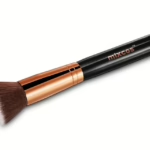
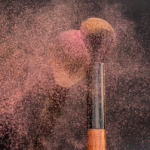












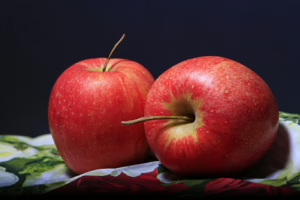
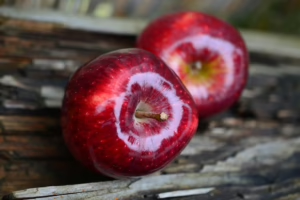
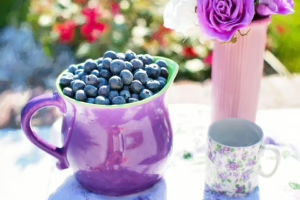
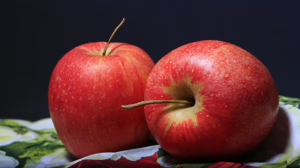
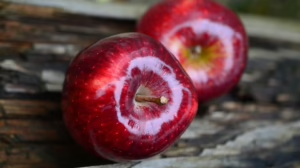
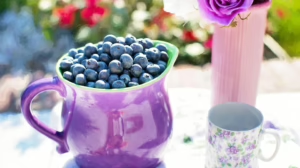




Add Comment